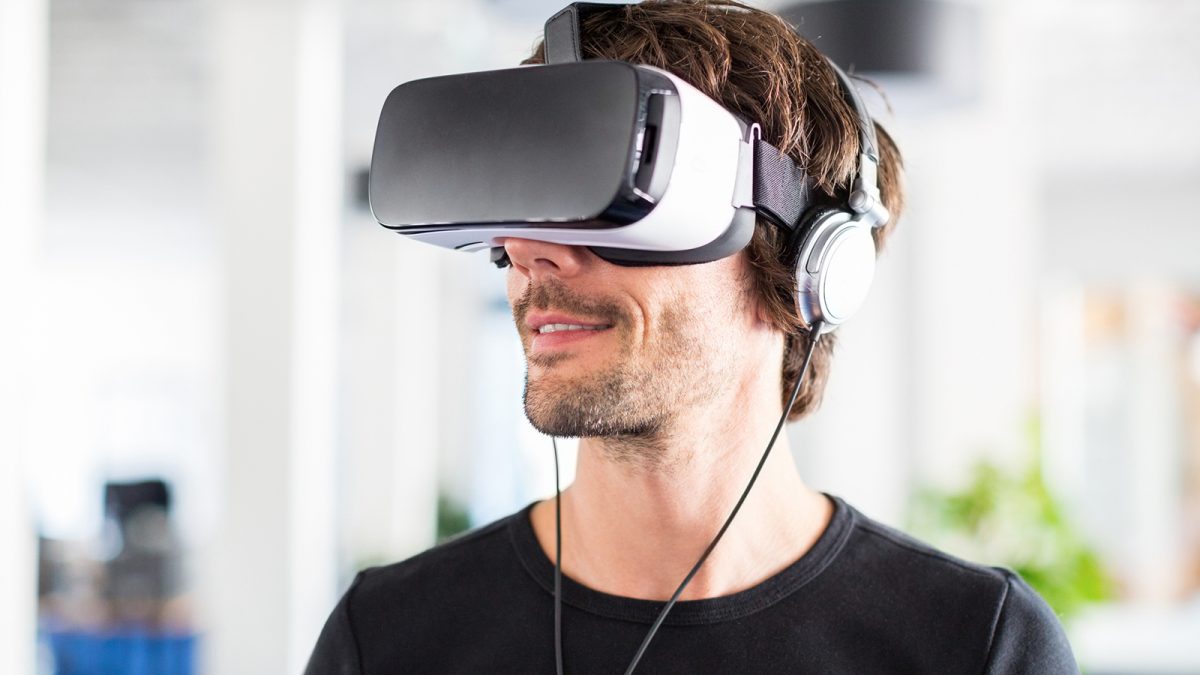Sydney Metro is Australia’s first automated rapid transit system.
Tender responses for a new underground rail system saw consortium proposals submitted to the client with a noted absence of expertise listed in ‘Customer Centred Design and Innovation’. The weighting of importance for considering the human needs in building out this new transport system was highly important; consequently, the successful engineering and architect firm was able to secure their bid by including Symplicit – Customer Centred Design and Innovation Specialists – to their consortium response.
Symplicit’s role was to ensure the customer was involved throughout the new underground rail system design and imagine the entire end- to-end customer experience, from someone waking at home – right through to their experience of finding the correct platform and to getting on-board the underground rail system.
Given that the new system was yet to be built and only at the ‘plan’ stage, to help research the experience Symplicit used a range of new and innovative techniques that assisted the architects and engineers to evaluate the proposed design with customers well before the build of the system would begin.
As an example, 3D interactive architectural models were validated with a large sample of potential train users, including a large sample of those with mobility issues, using Virtual Reality goggles to help bring the design to life for participants. The use of 3D models and VR Goggles helped customers to imagine what the architecture designs would be like to walk through, and experience, when built.
Iterative design of these systems well before the expensive build phase has begun meant that Symplicit was able to work with architects and engineers to identify how design of platforms and spaces needed to change in order to better allow for customers line of sight, wayfinding and also transitions between platforms and trains.
Symplicit’s work continues to review and evaluate the architectural and engineering concepts, validate early design concepts from these professionals, and most importantly, involve the prospective customers in the process. These findings are being used to inform the overall experience for all travellers – before the system is even built – paving the way for innovation in building design and new transportation networks. Symplicit’s work has led to:
- ensuring the Customer was considered upfront and throughout the architectural and engineering process
- ensuring that best practice customer centred design principles were observed
- understanding and designing for journey flows for passengers of varying ability
- virtual reality testing of concepts with future commuters, ensuring that designs can receive input from the potential users of the system
- customer centred design and validation of all to-be built stations before expensive building and engineering stages begin ultimately saving time and money
